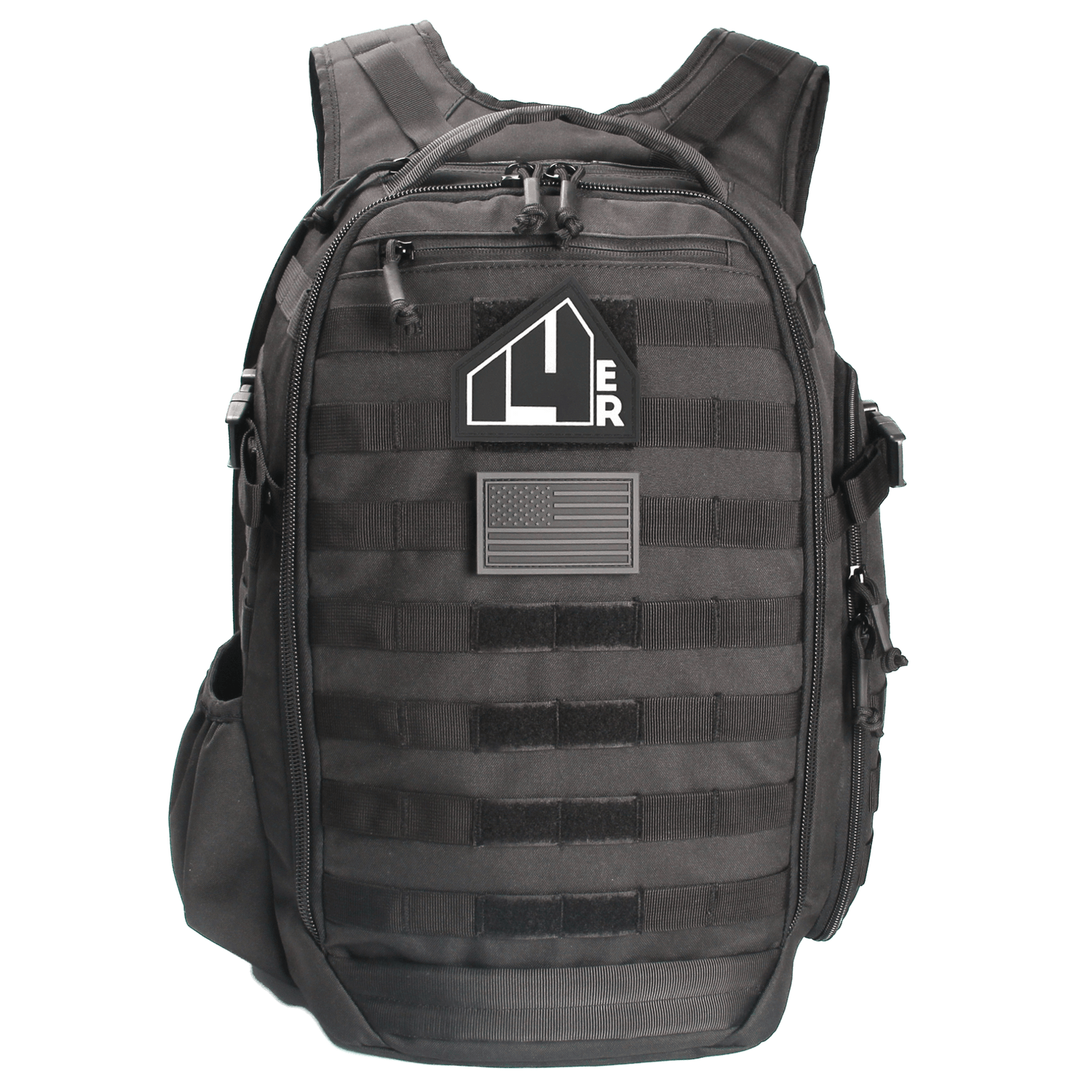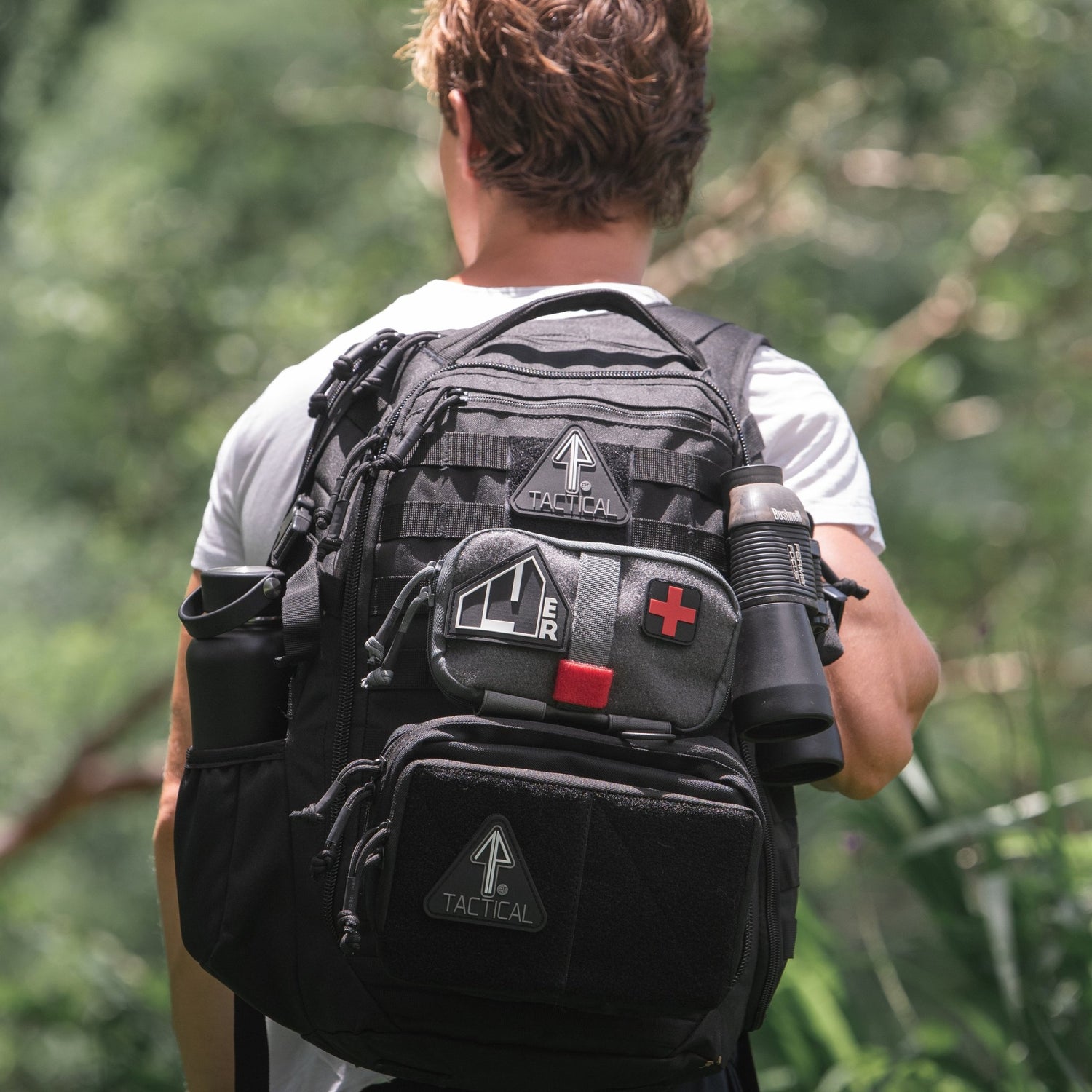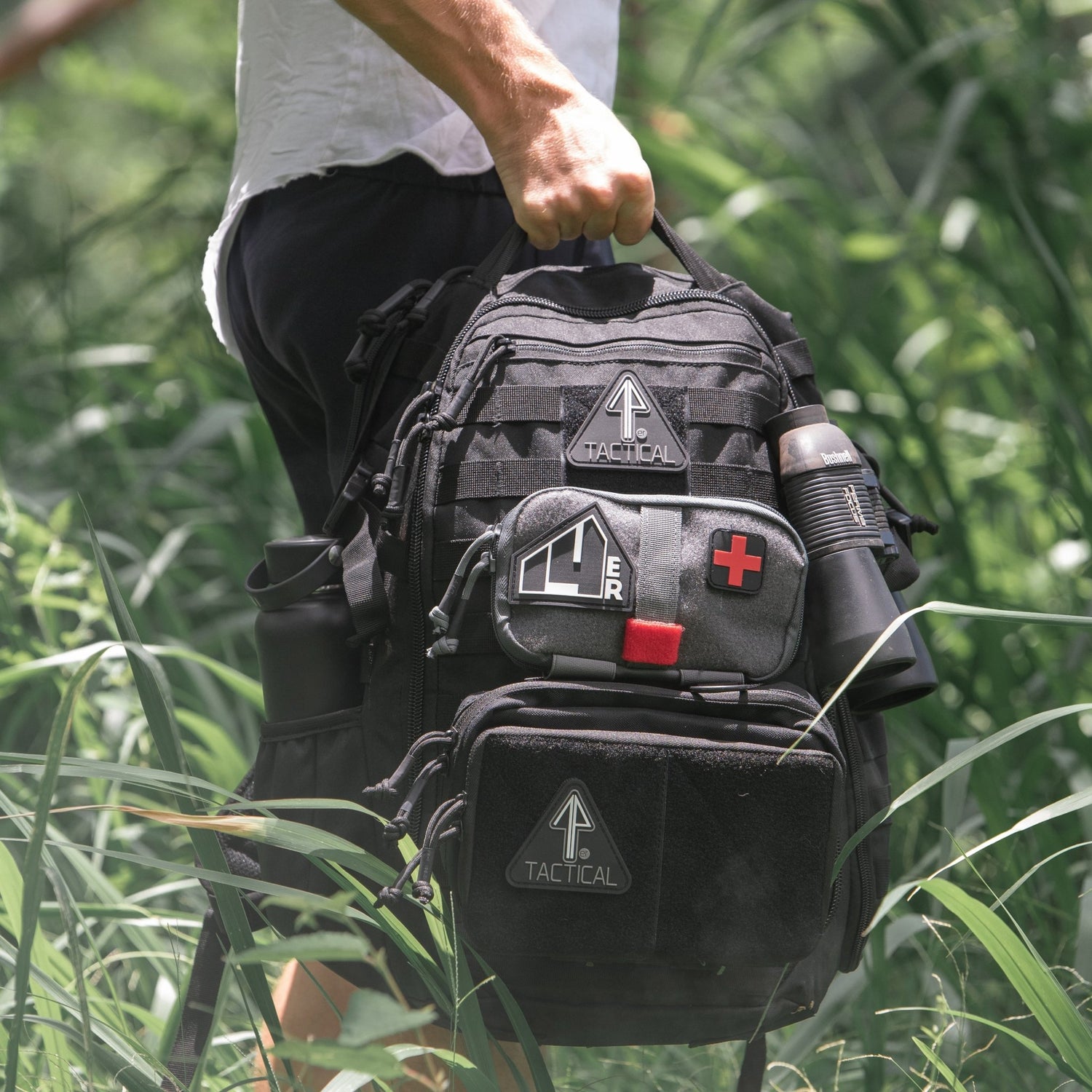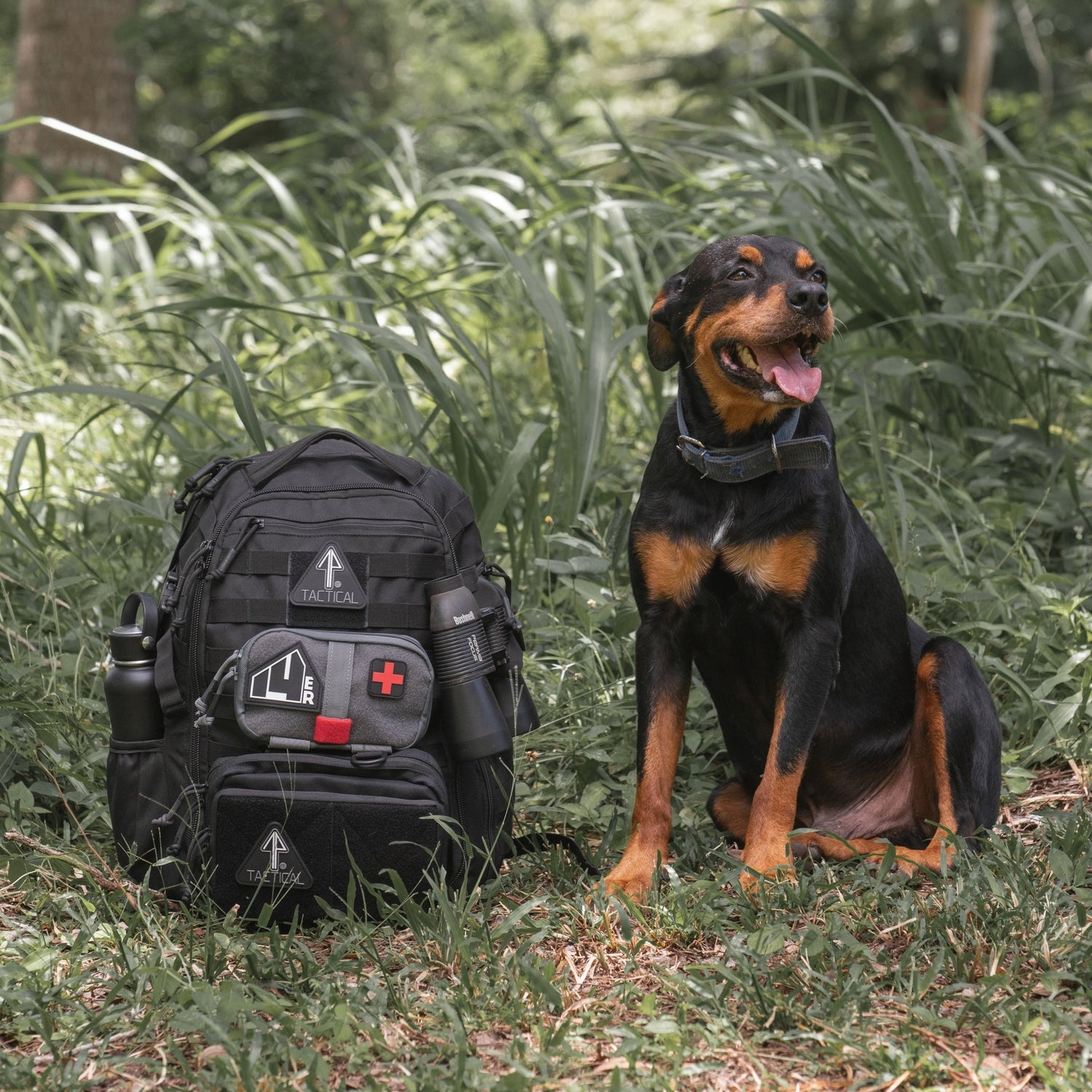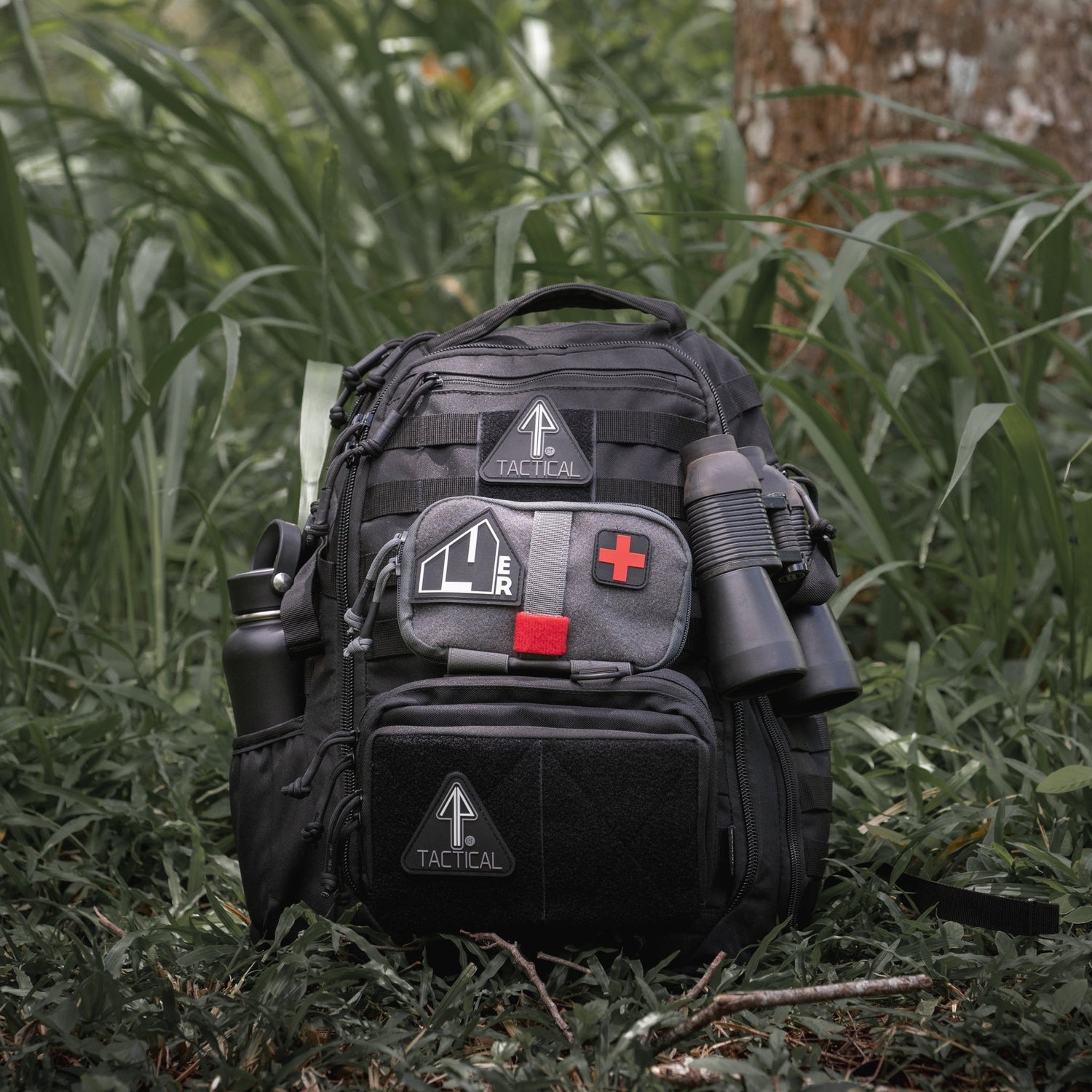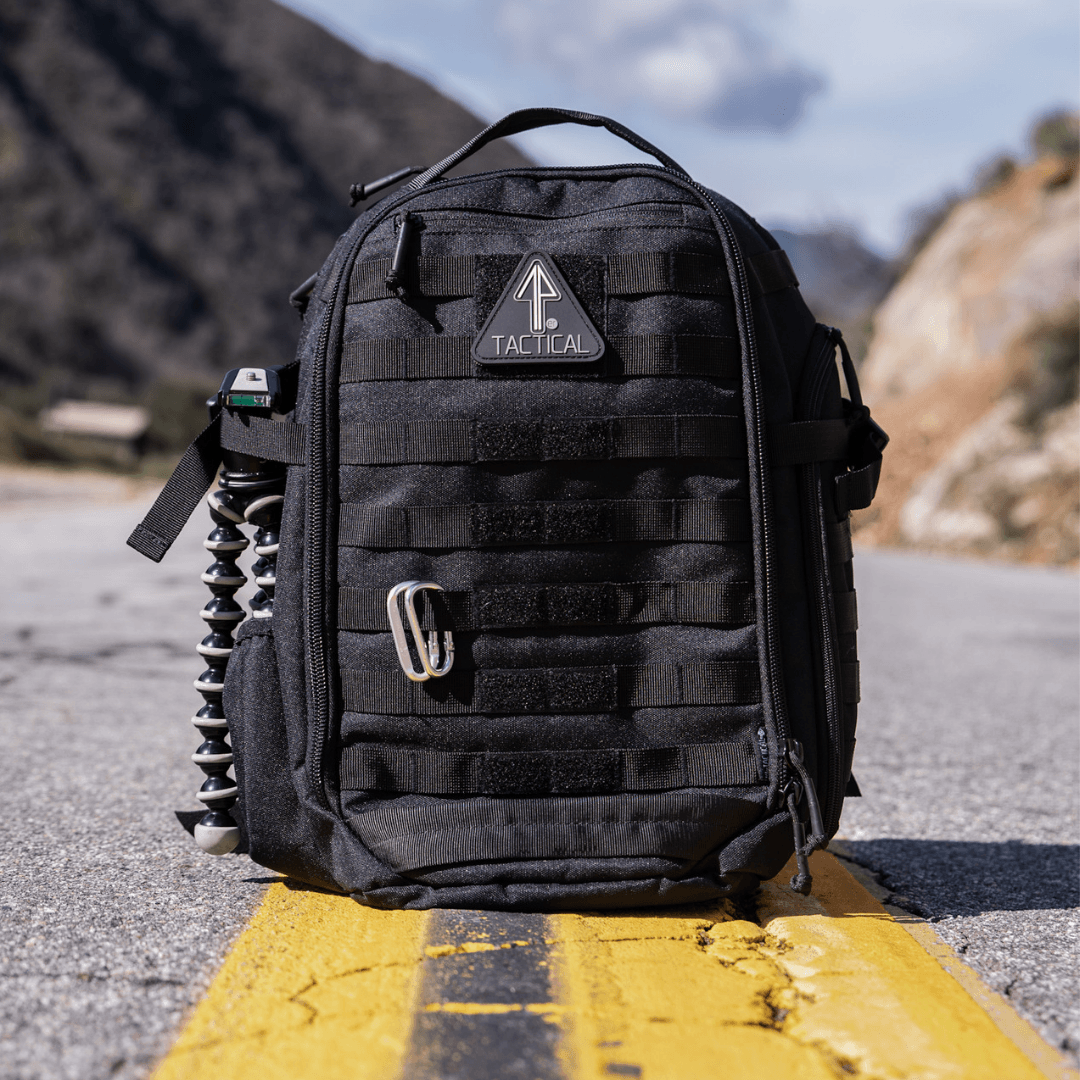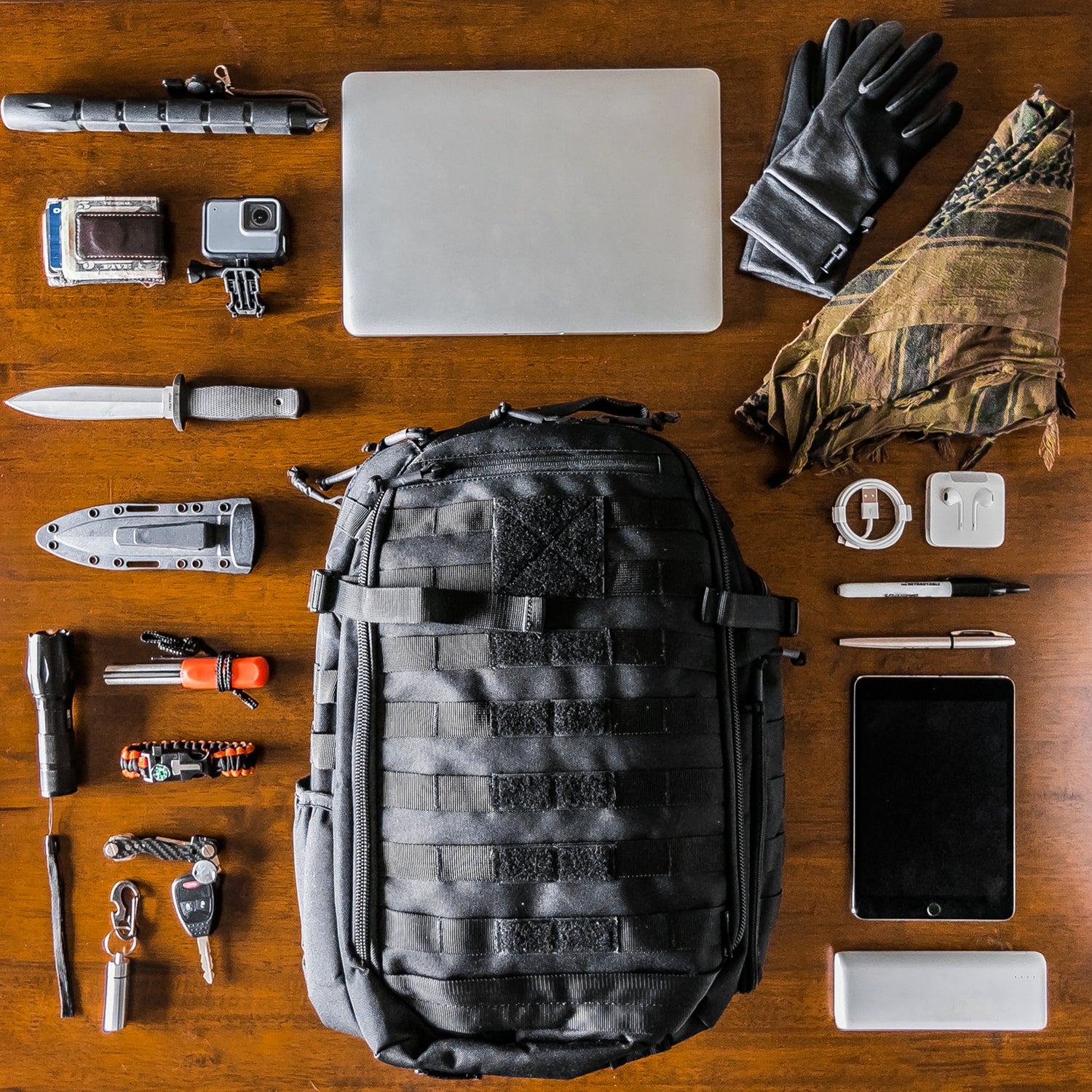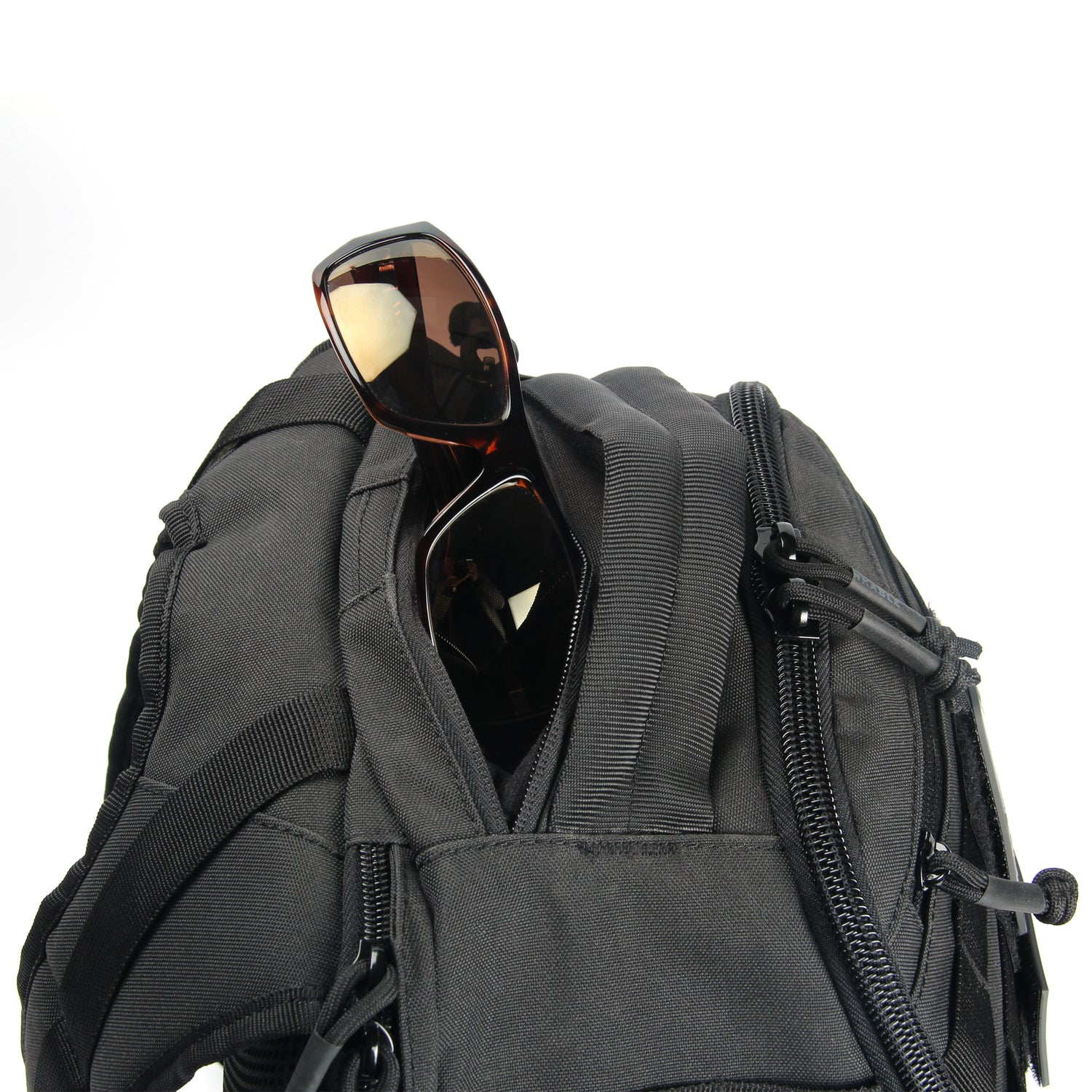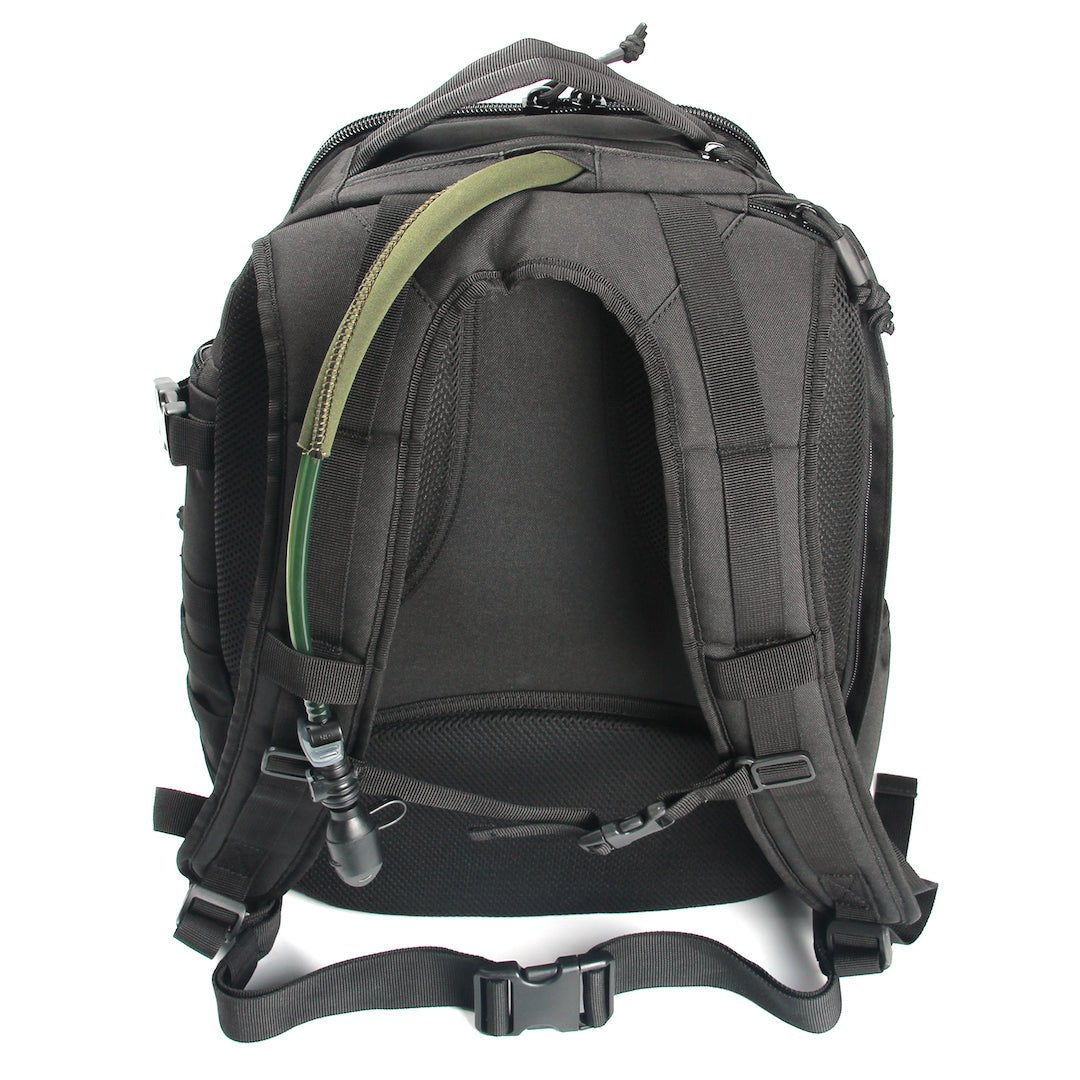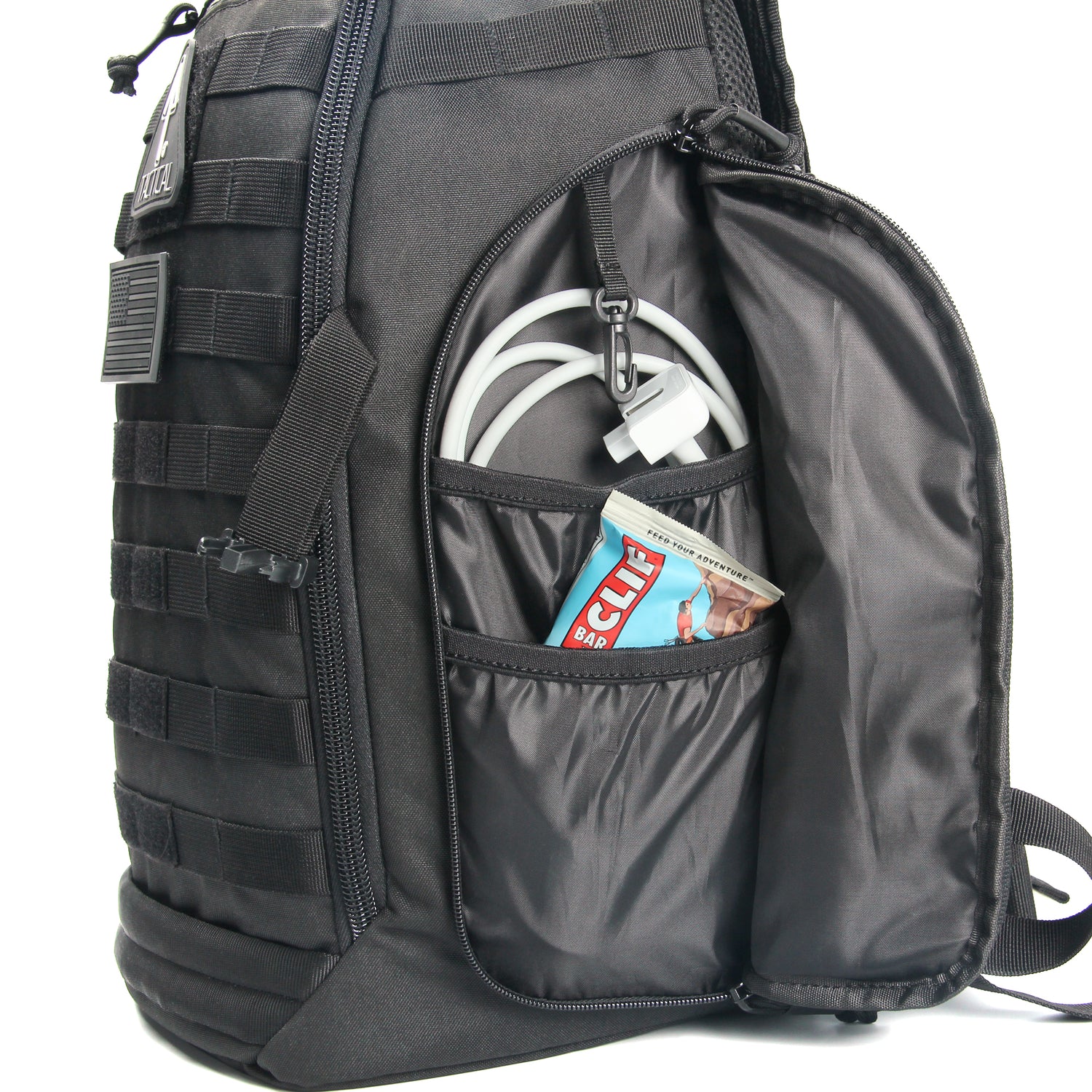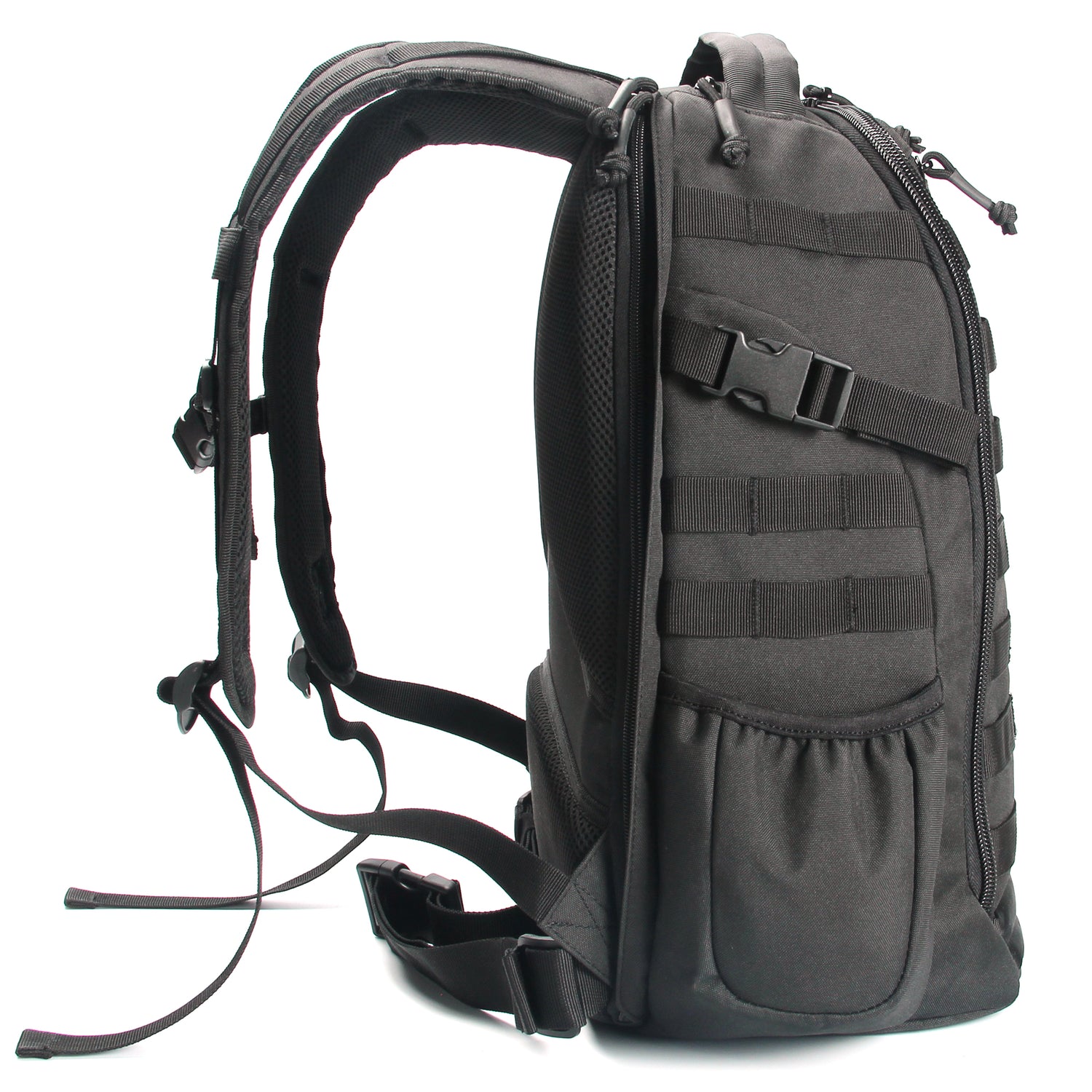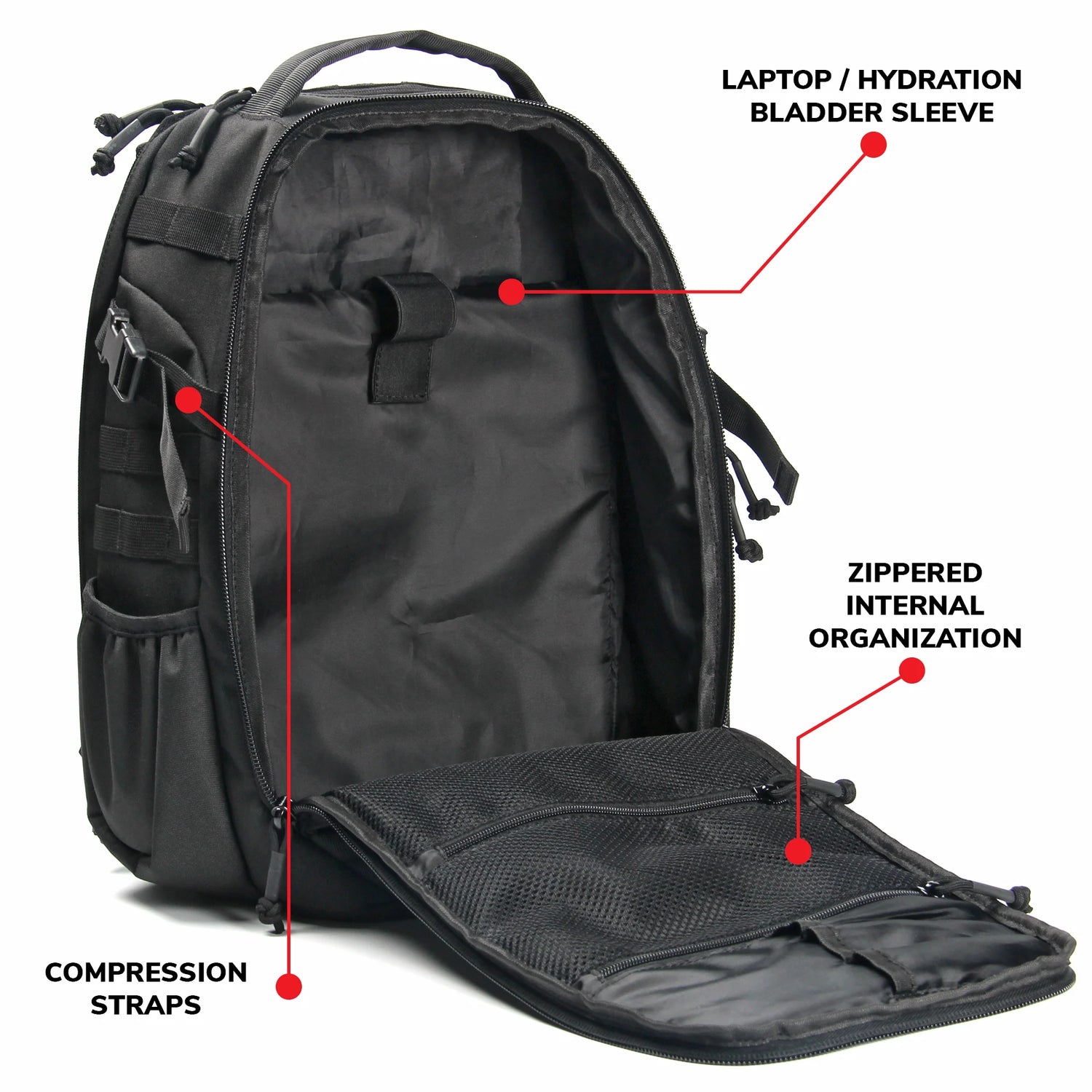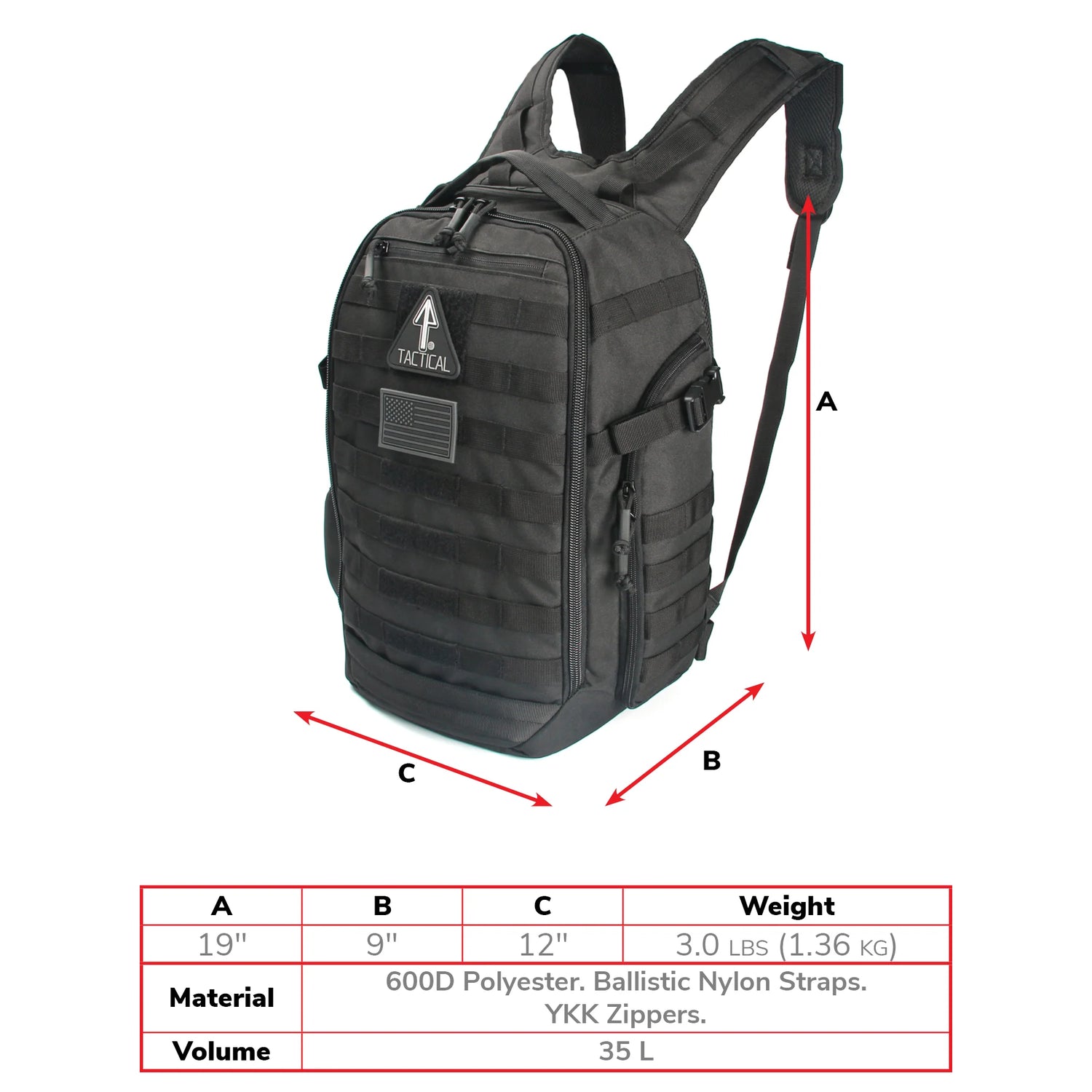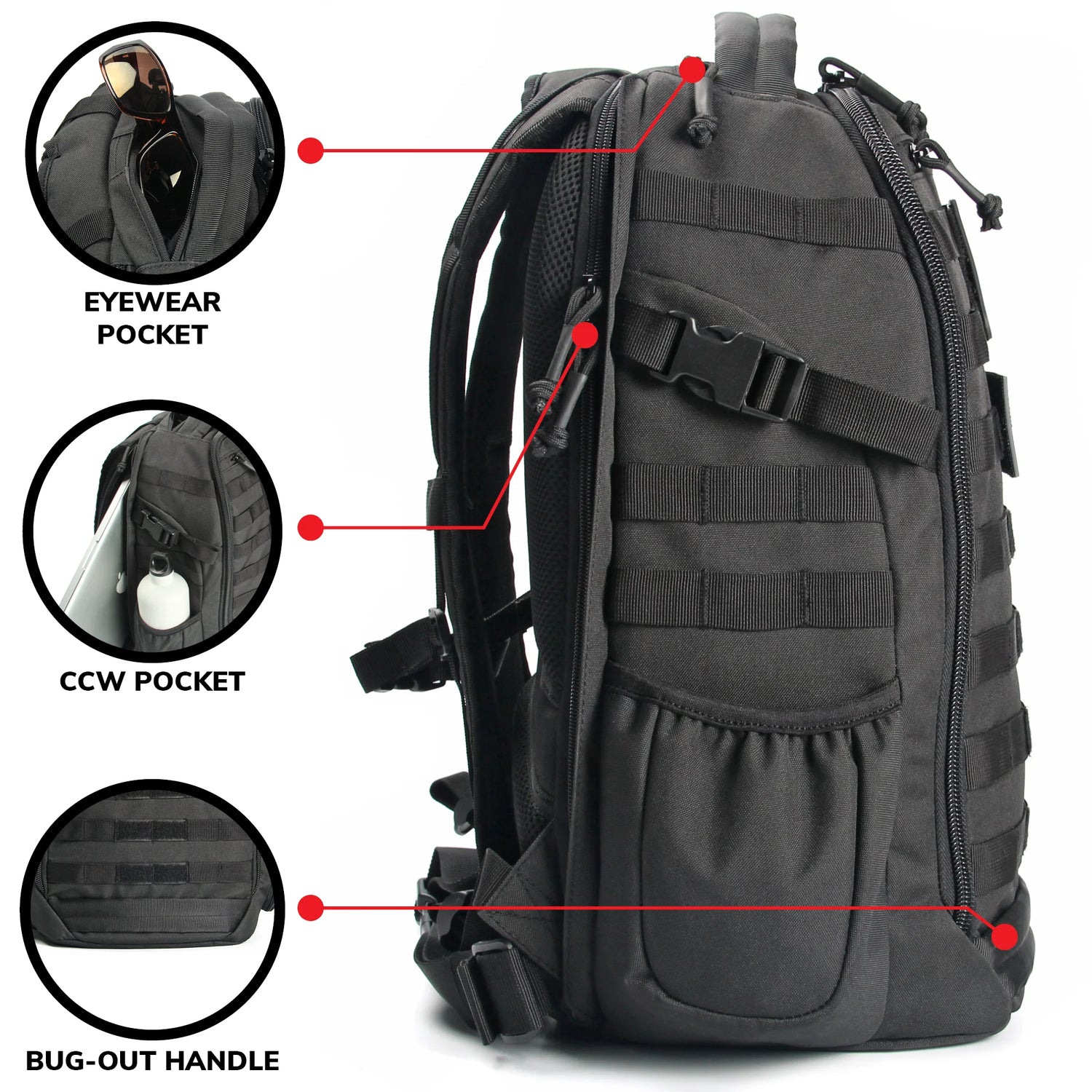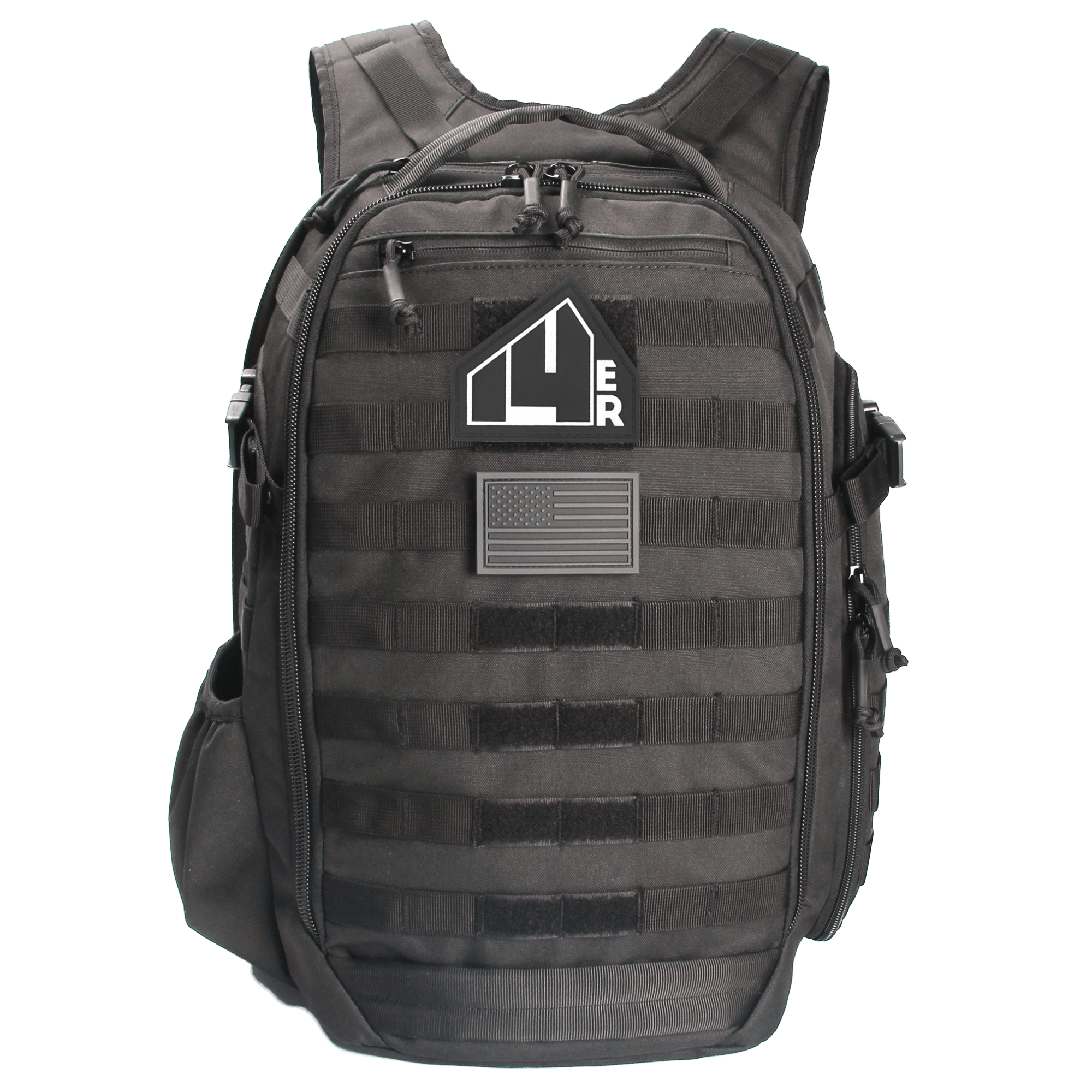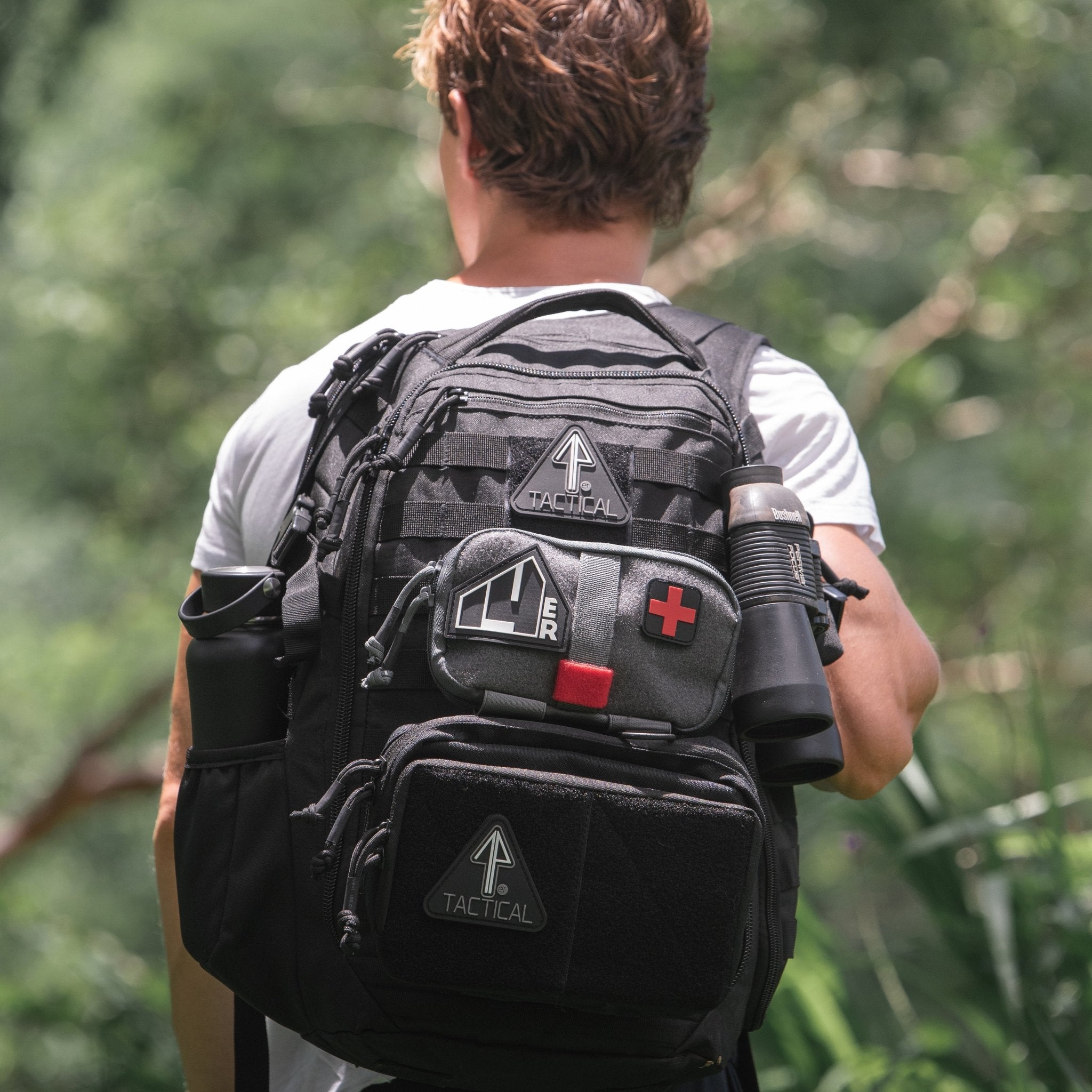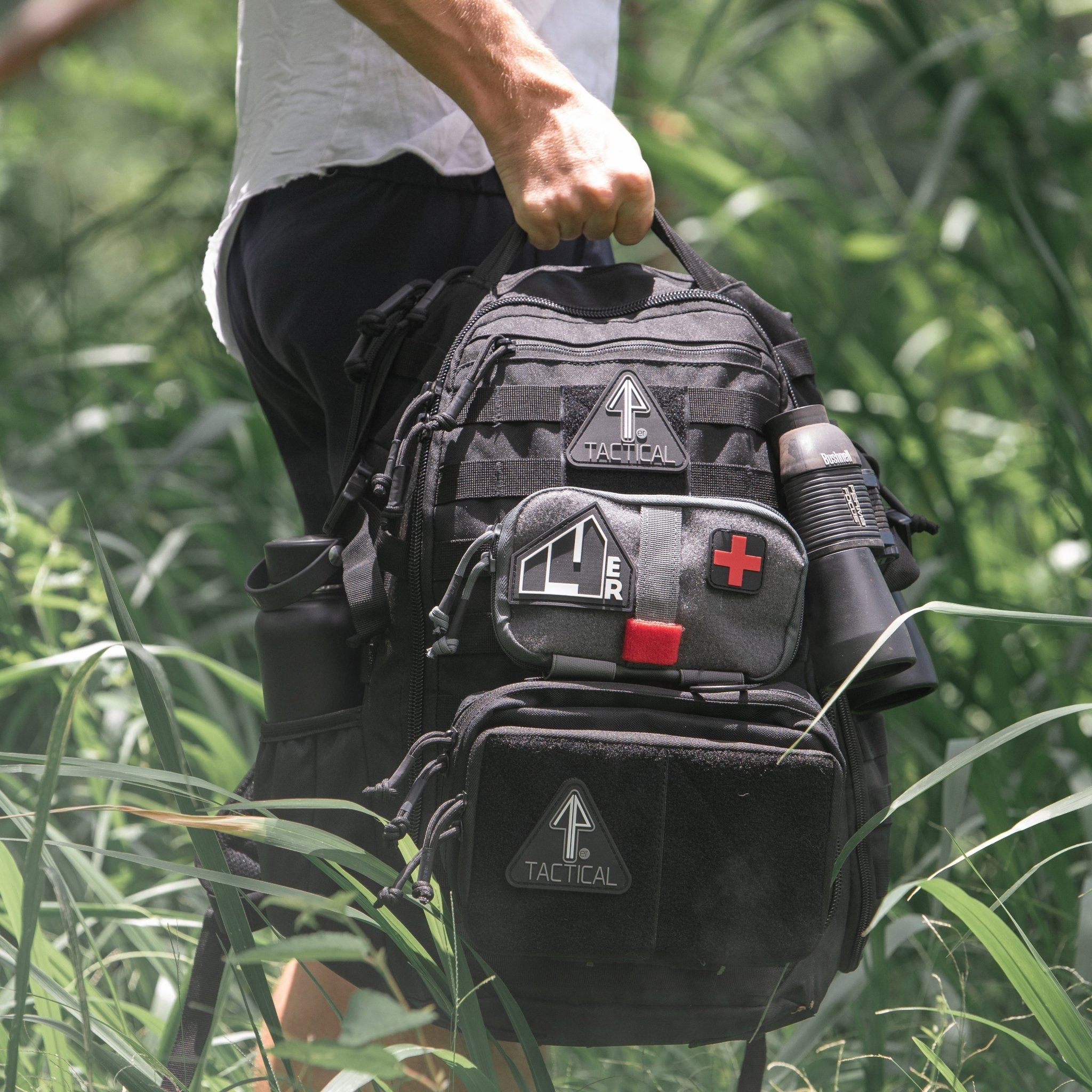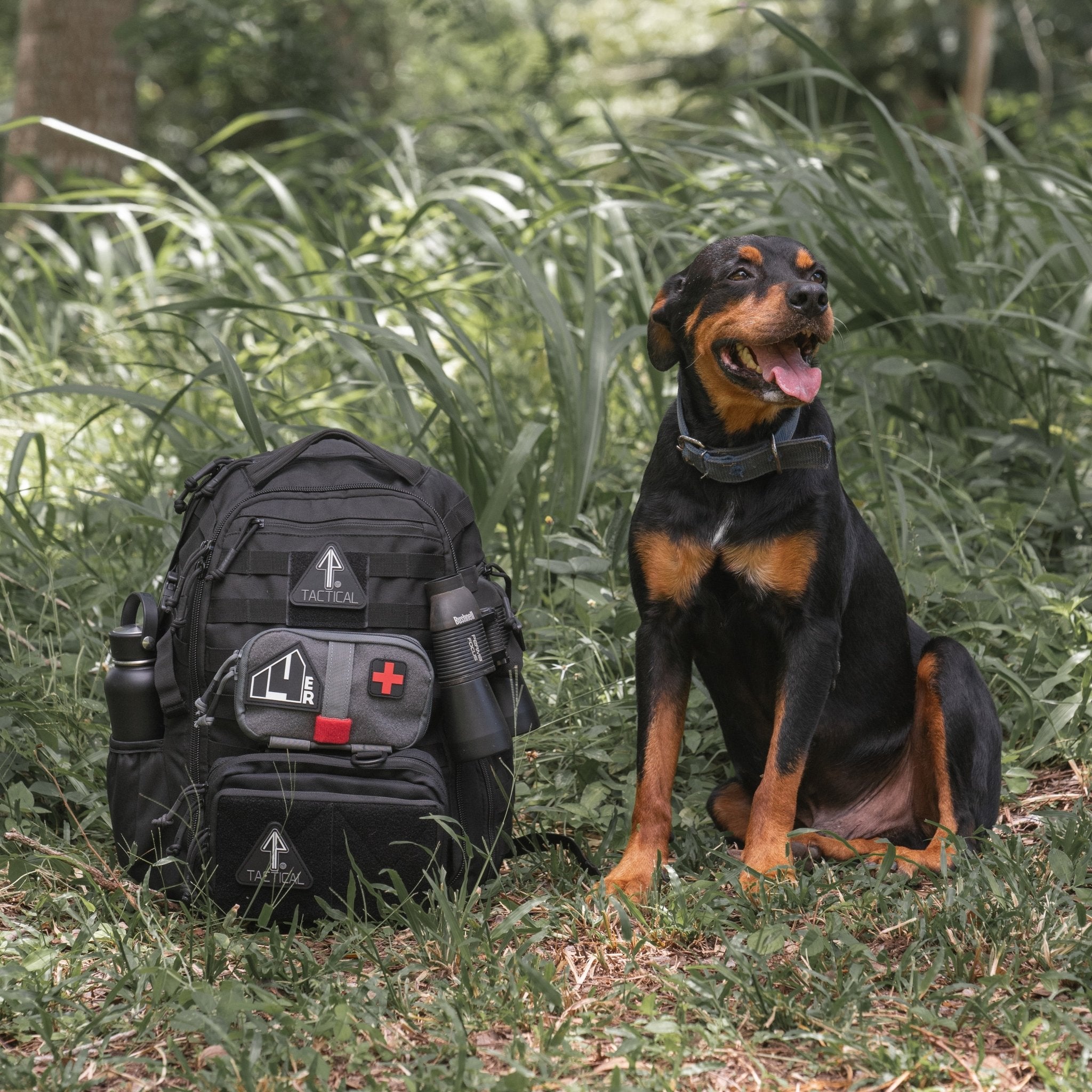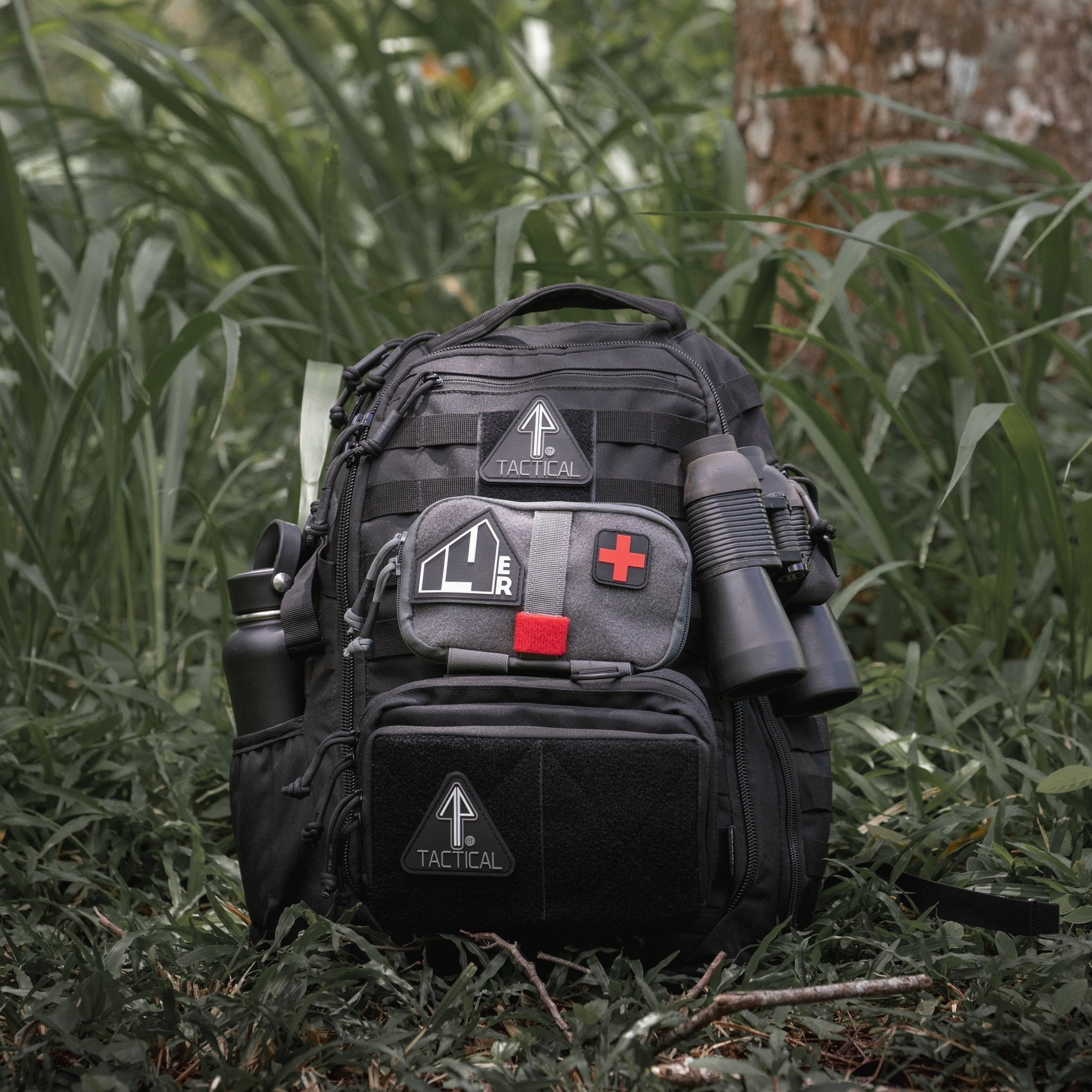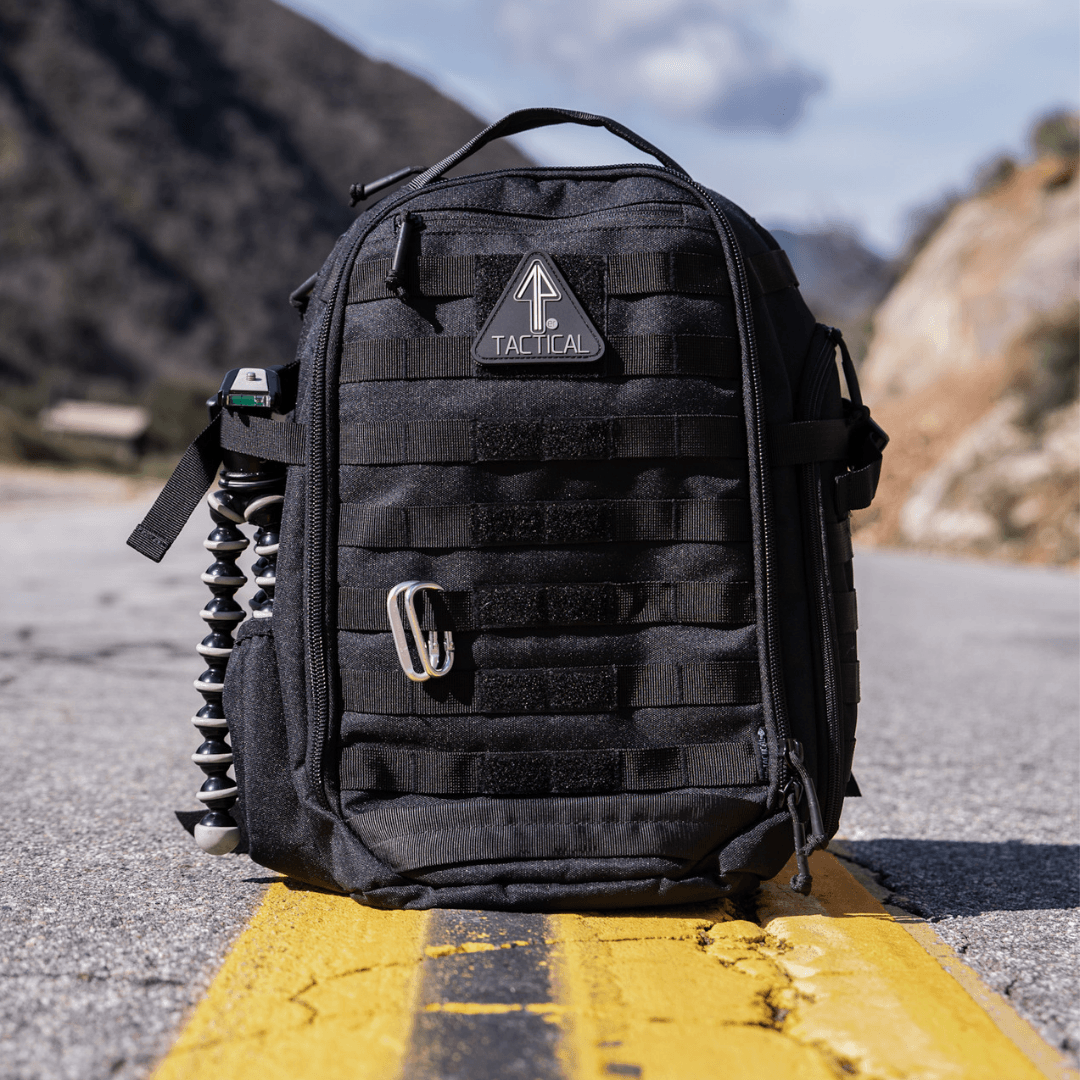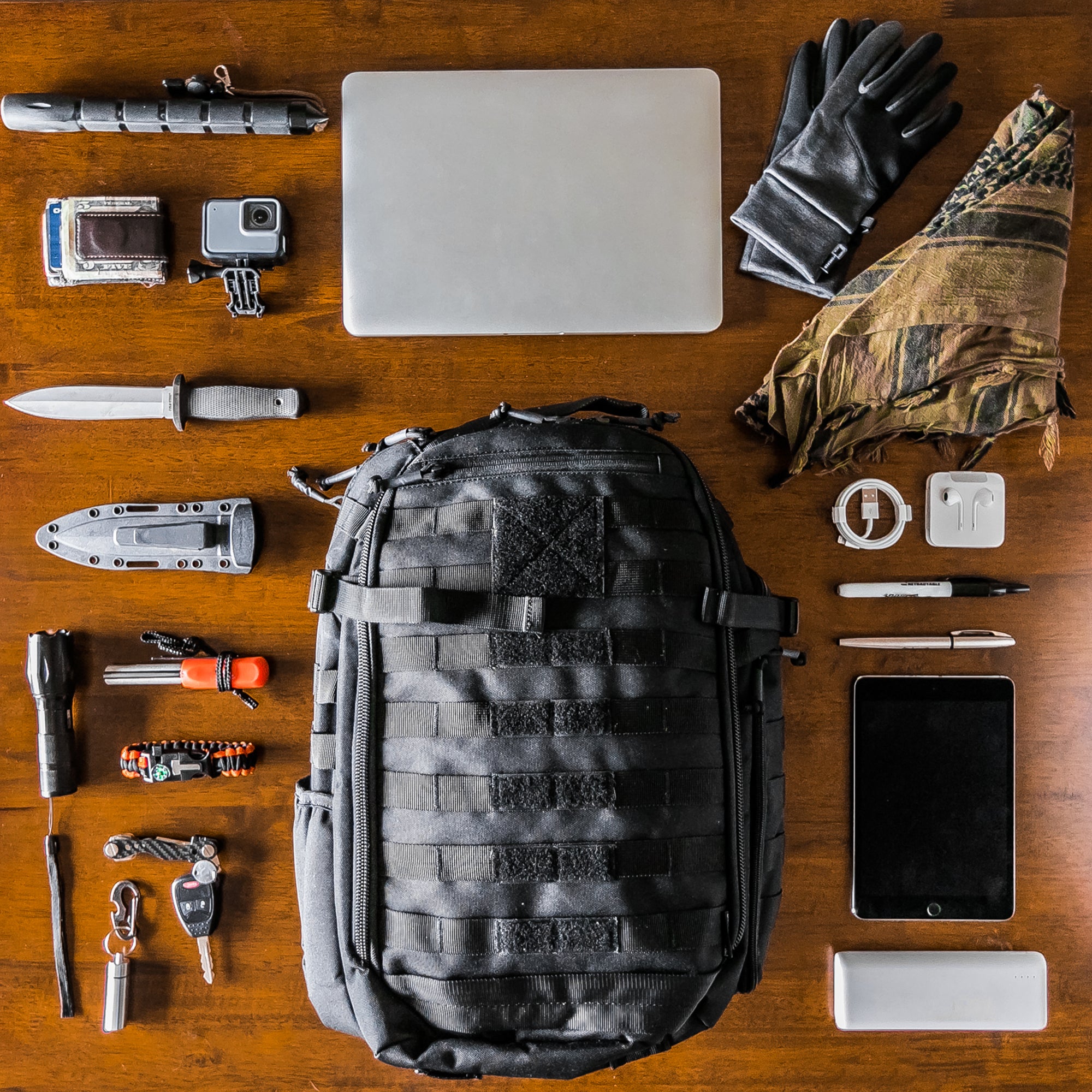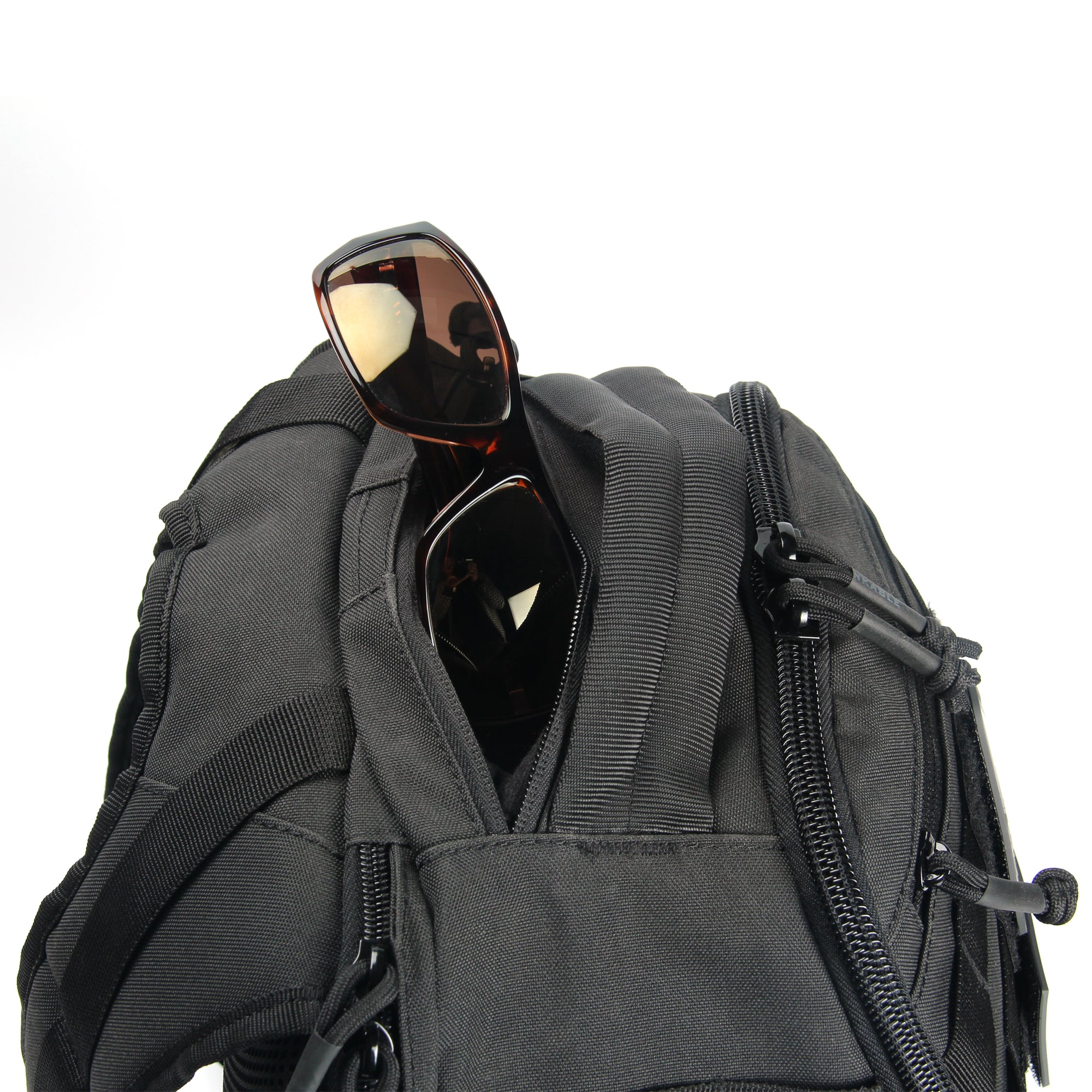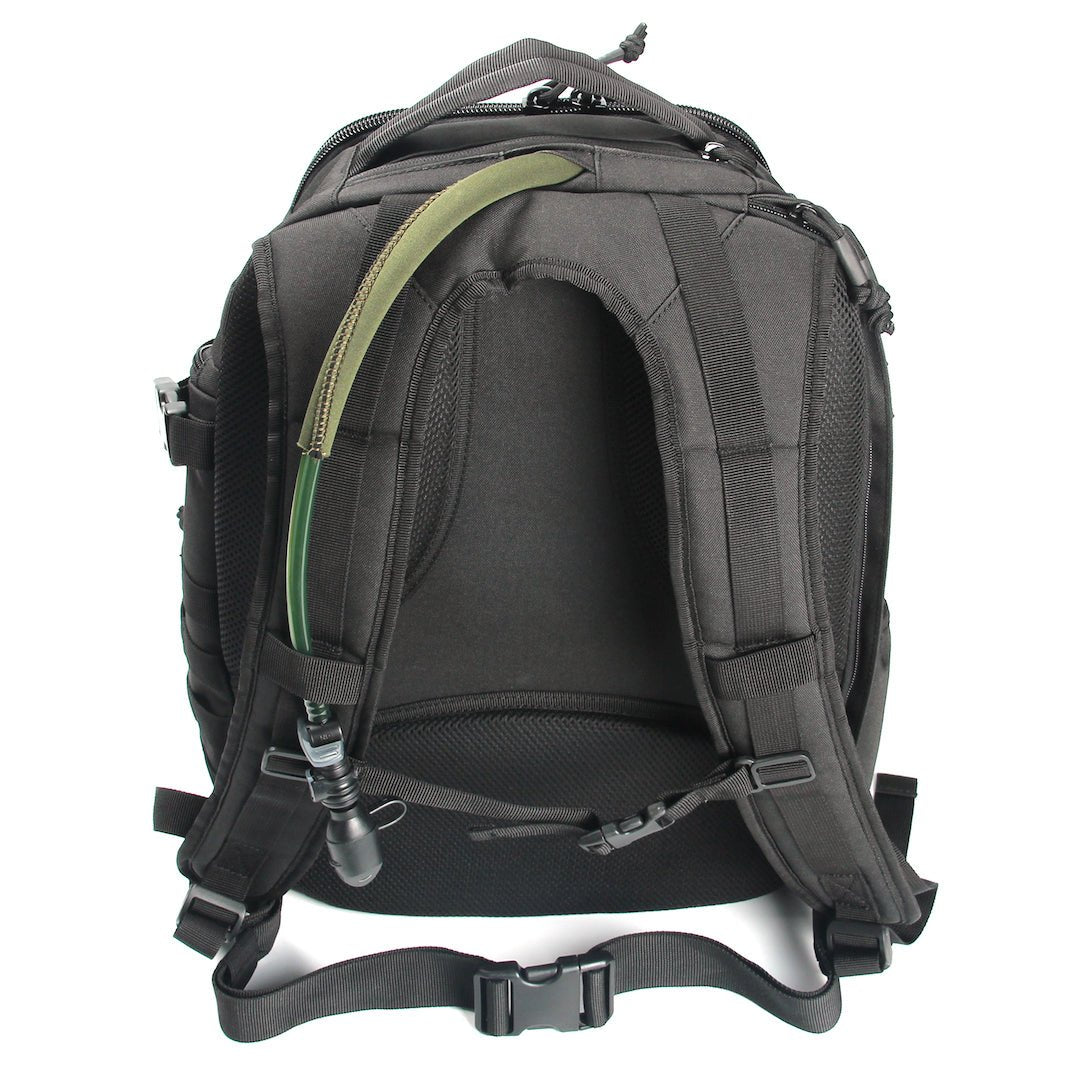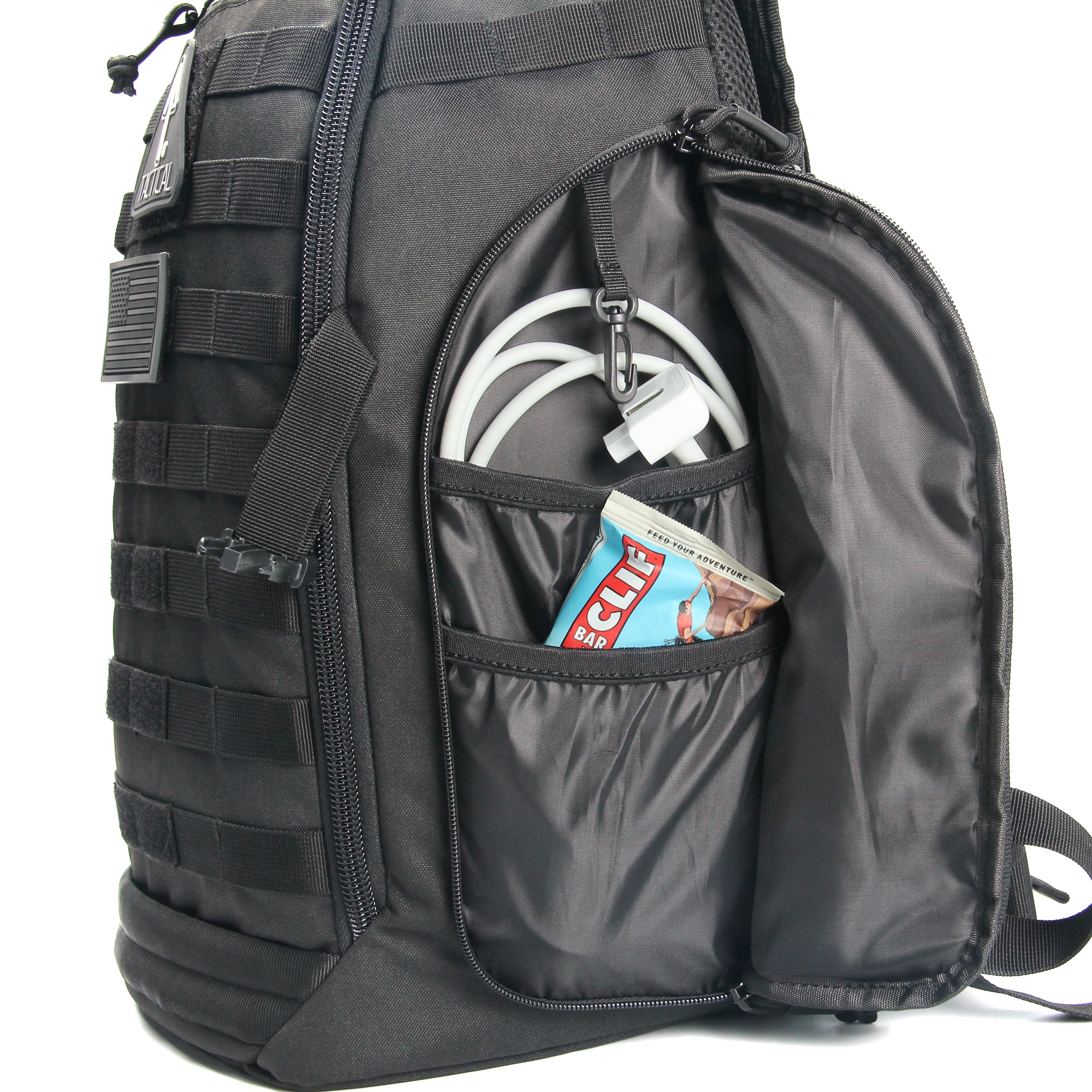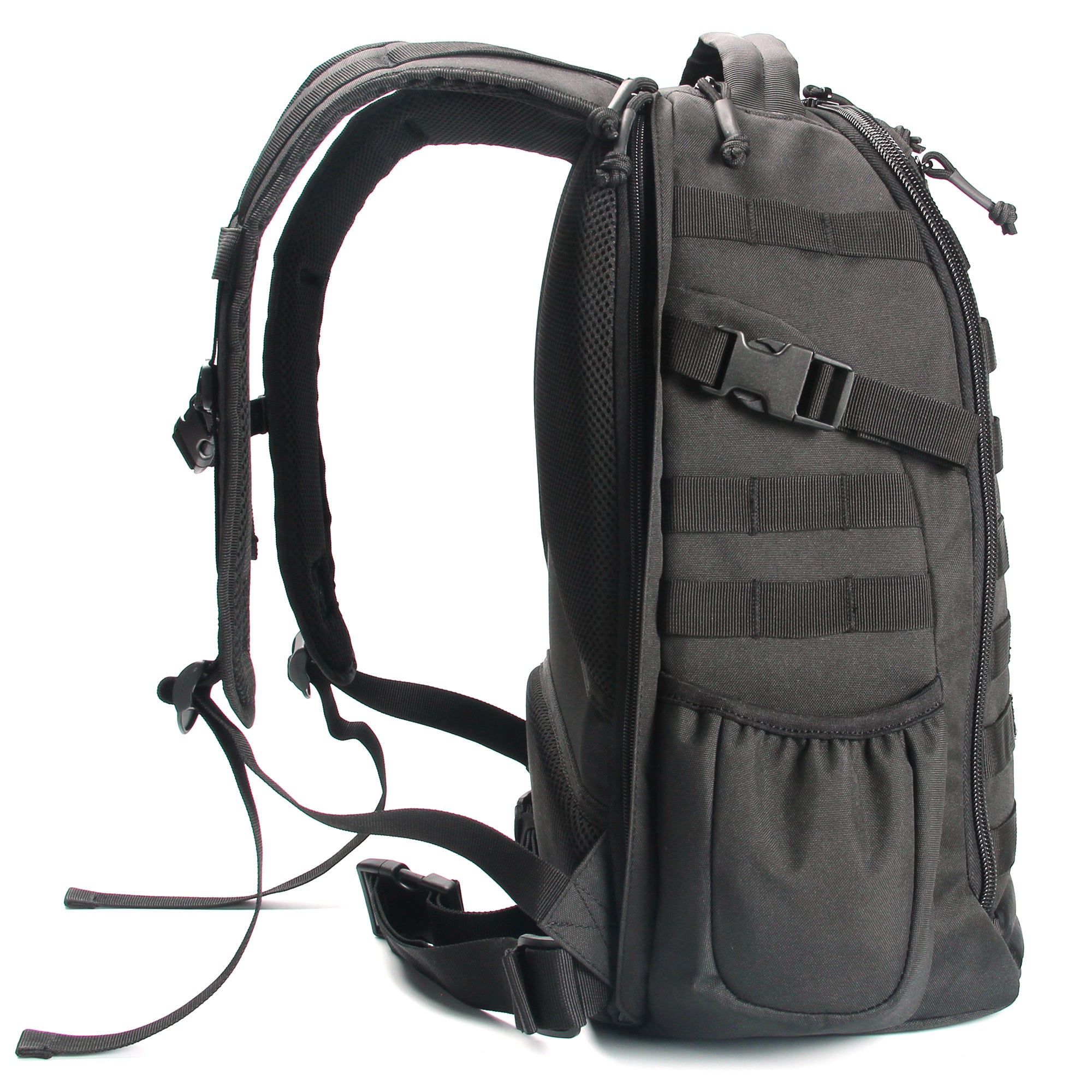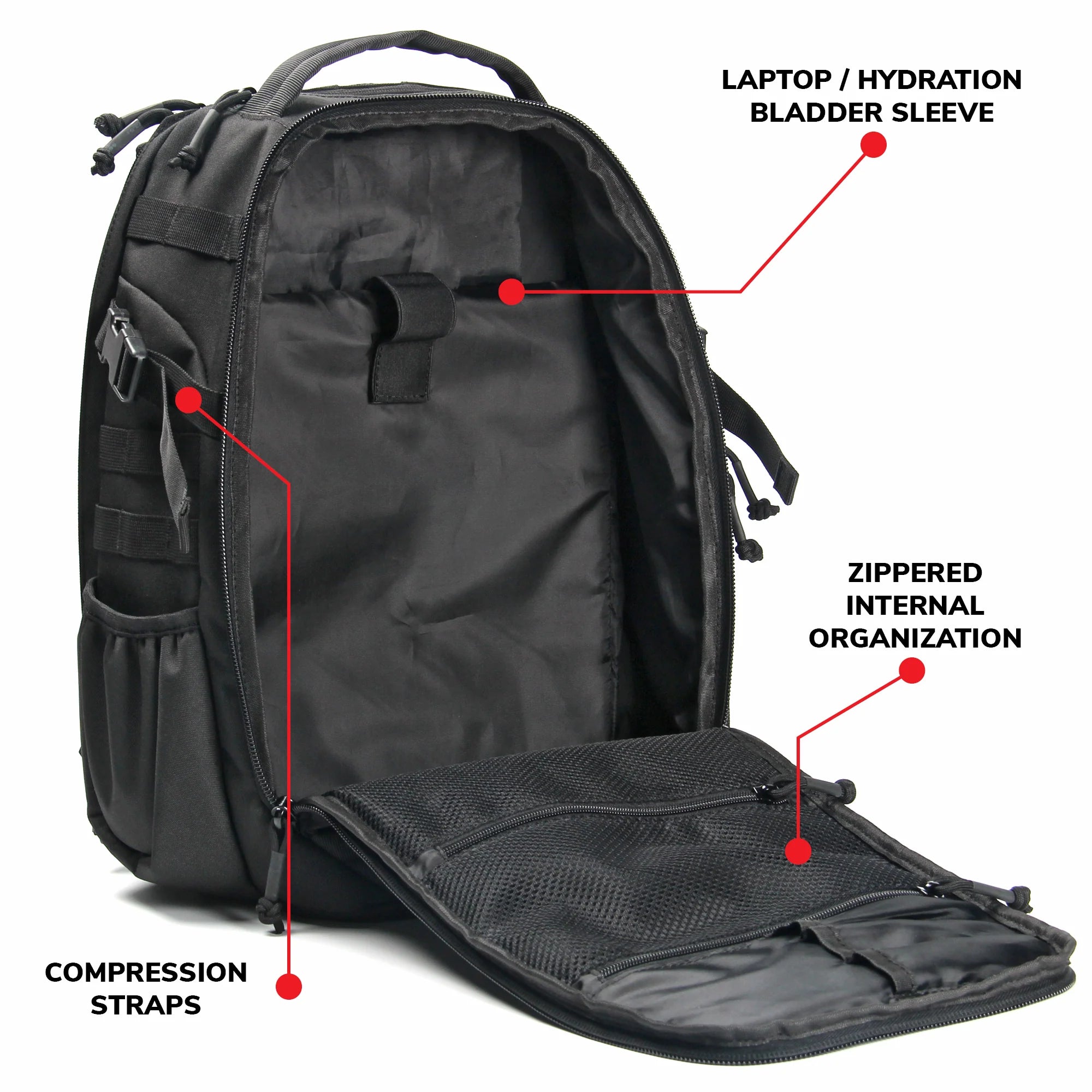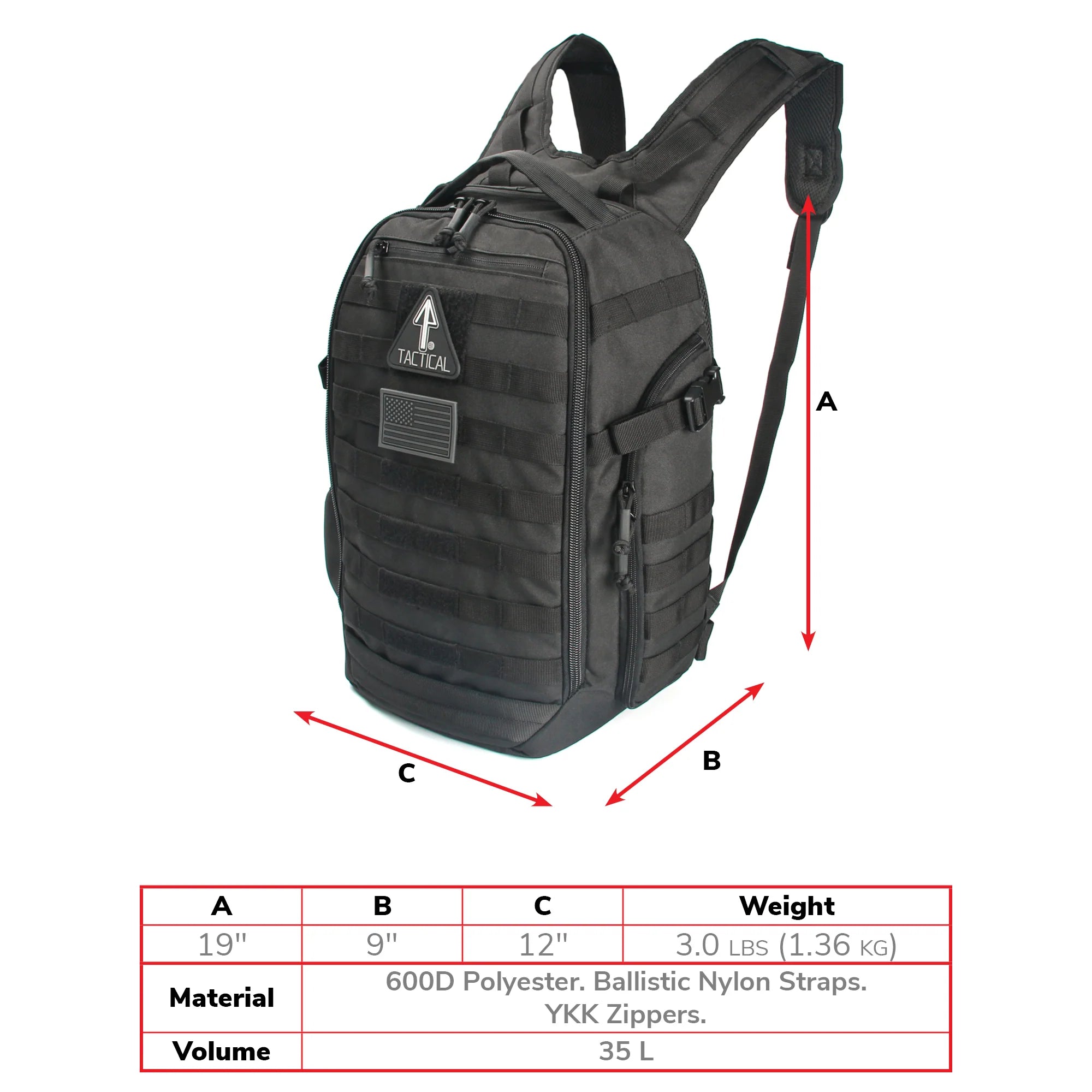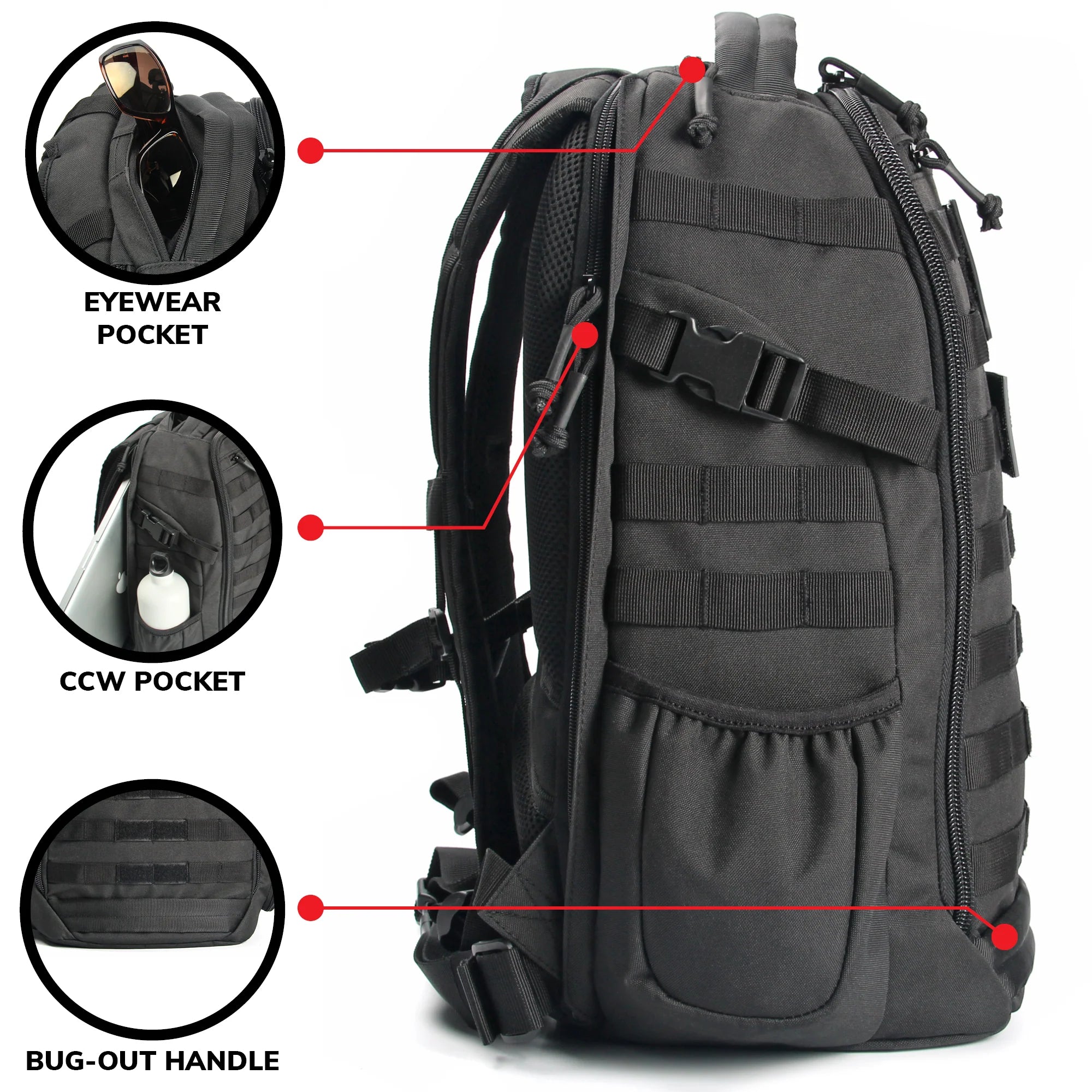
Map and compass navigation is an essential tactical skill. You can’t really describe yourself as “tactical” if you don’t know how to properly use a map or compass! While it’s true that tactical gear often includes a GPS device, you’ll need a backup plan in case the device stops working. You’ll need to be capable of navigating without GPS.
Many survival skills depend on your knowing how to find your way and get your bearings. Sure, we’ve all got some map reading ability, but if you’re serious about tactical preparation, you’ll want to achieve mastery of the traditional navigation skills!
This guide provides many vital orienteering tips, including a quick course on compass reading techniques!
Understanding the Basics of Map and Compass Navigation
The first step to mastery is learning all the map symbols. We’ve all been taught these at some point, but it’s easy to forget. You also have to account for the difference in the symbols used by city maps and trail maps.
If you are planning an outdoor adventure, you should familiarize yourself with the hiking map symbols. These can include indicators of elevation, topography, and geographical features: water bodies, waterfalls, rivers, valleys, ridges, cliffs, summits, caverns, campgrounds, etc. Some maps may have indicators of park amenities, including drinking water sources, places to eat, ranger stations, cabins, fishing areas, docks, viewpoints, and so on.
As for the compass, it is a simple instrument and it doesn’t take long to master its use.

A Quick Guide to Compass Reading Techniques
Let’s talk about how to read a baseplate compass. This is a particular style of compass that is made up of a magnetic compass embedded into a baseplate—usually a rectangular piece of transparent plastic. This baseplate will have a number of markings, but for the purpose of this guide, our focus will be on the direction-of-travel arrow. It’s an arrow that’s displayed on one end of the baseplate.
To use the compass, you’ll want to point this arrow at the direction you want to travel. (Hence the name, “direction-of-travel arrow.”) How do you do this? First, look at the bezel surrounding the magnetic compass. This is a ring with multiple markings, including the cardinal points (N, S, E, W) and numbers corresponding to the degrees in a circle. The ring can be rotated like a dial.
Inside the ring, you’ll see the floating magnetic needle. This needle will always point to the magnetic north. The end of the needle that points to magnetic north is colored red. If not, it is marked as such in some way. You will also see a stationary arrow that is pointing to the N cardinal point.
Hold the baseplate compass so that it is level to the ground. Be sure that the direction-of-travel arrow is pointing away from you. Rotate the bezel so that the direction you wish to travel is aligned with the direction-of-travel arrow. For example, if you want to go east, twist the bezel until the E cardinal point is aligned with the direction-of-travel arrow.
Once that is done, you’ll need to rotate your own body. Do so until the magnetic needle is exactly aligned with the stationary arrow in the compass. That’s it! If you have followed these orienteering tips correctly, you will end up facing in the correct direction. Thus if you were wanting to go due east, you will end up facing toward the east.

Navigating without GPS: Orienting Your Map
If you don’t have a GPS device, you’ll want to know the traditional navigation skills of using a map and compass to get your bearings and plot a course. First, you have to properly orient the map. This is similar to using the baseplate compass to find your direction of travel.
A good map would display magnetic declination (which is the difference between true north and magnetic north). You should always get a map that shows magnetic declination, if possible. Your compass should also have a declination adjustment function. After consulting what the map shows as the magnetic declination, perform the corresponding declination adjustment on your compass.
Spread the map flat and place the baseplate compass on top so that its direction-of-travel arrow is pointing to the top of the map. You also want the baseplate to be positioned at the left or right edge of the map.
Rotate the bezel until the N cardinal point is aligned with the direction-of-travel arrow. Now here’s the tricky part: you need to keep the map and compass steady while you rotate everything (including yourself), stopping when the magnetic needle becomes perfectly aligned with the stationary arrow.
Once you have achieved all of that, the map will be oriented to match the actual geography of the area you are in. Select a number of visible landmarks and check their presence on the map to confirm this. Now you won’t have a problem figuring out what to do when GPS isn’t helping! This map and compass navigation technique will let you find your way.

Navigating without GPS: Taking a Bearing
Now let’s talk about another vital skill: how to take a bearing with a compass. This should prove simple after mastering the traditional navigation skills covered earlier. The same compass reading techniques apply.
While you are on a hike, select a visible landmark that you want to get to. This is your navigational target. Take a bearing by holding your compass around chest level. Make sure that the direction-of-travel arrow is pointing away from you.
Rotate your body while holding the compass steady. Stop when the direction-of-travel arrow is pointing straight toward your navigational target.
Then rotate the bezel. You want to get the magnetic needle to be aligned with the stationary arrow. Look for the index marker on the bezel. This is a distinct line on the glass or plastic that covers the bezel. The index marker will be poised above a number or a measuring tick that gives you the degrees from magnetic north of the target’s position. (75° for example.)
If you should subsequently lose sight of the landmark target during your hike, simply consult your compass. Orient it so that the magnetic needle is aligned with the stationary arrow again. Recall the degree position you measured earlier. That tells you which way to go to get to the landmark. Thus, if you recall 75° (for example), that marks the correct direction in which you should go.
For even more orienteering tips, check out our survival guide on how to navigate without a compass!


